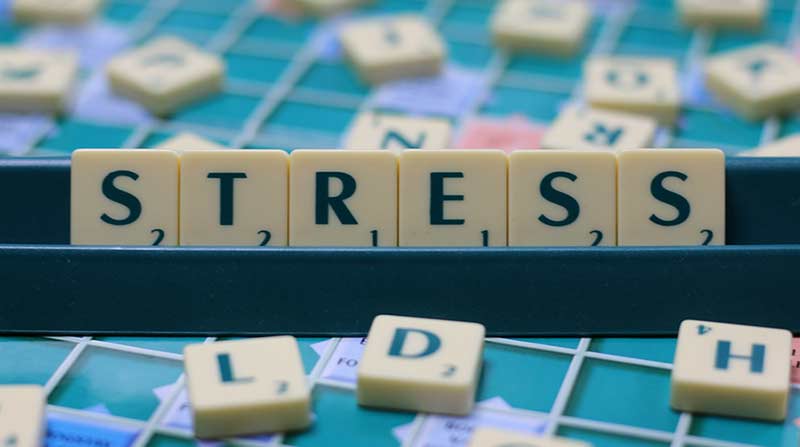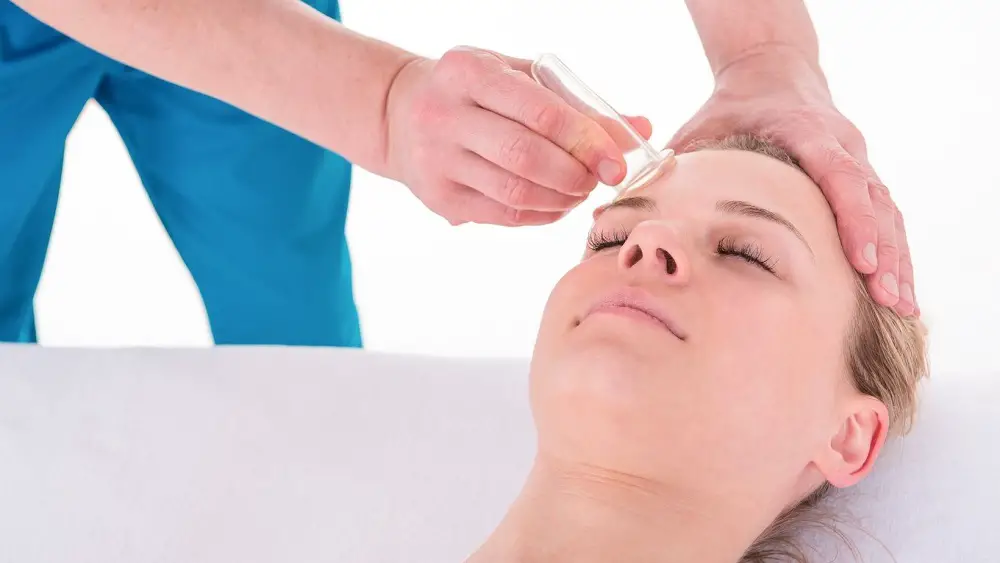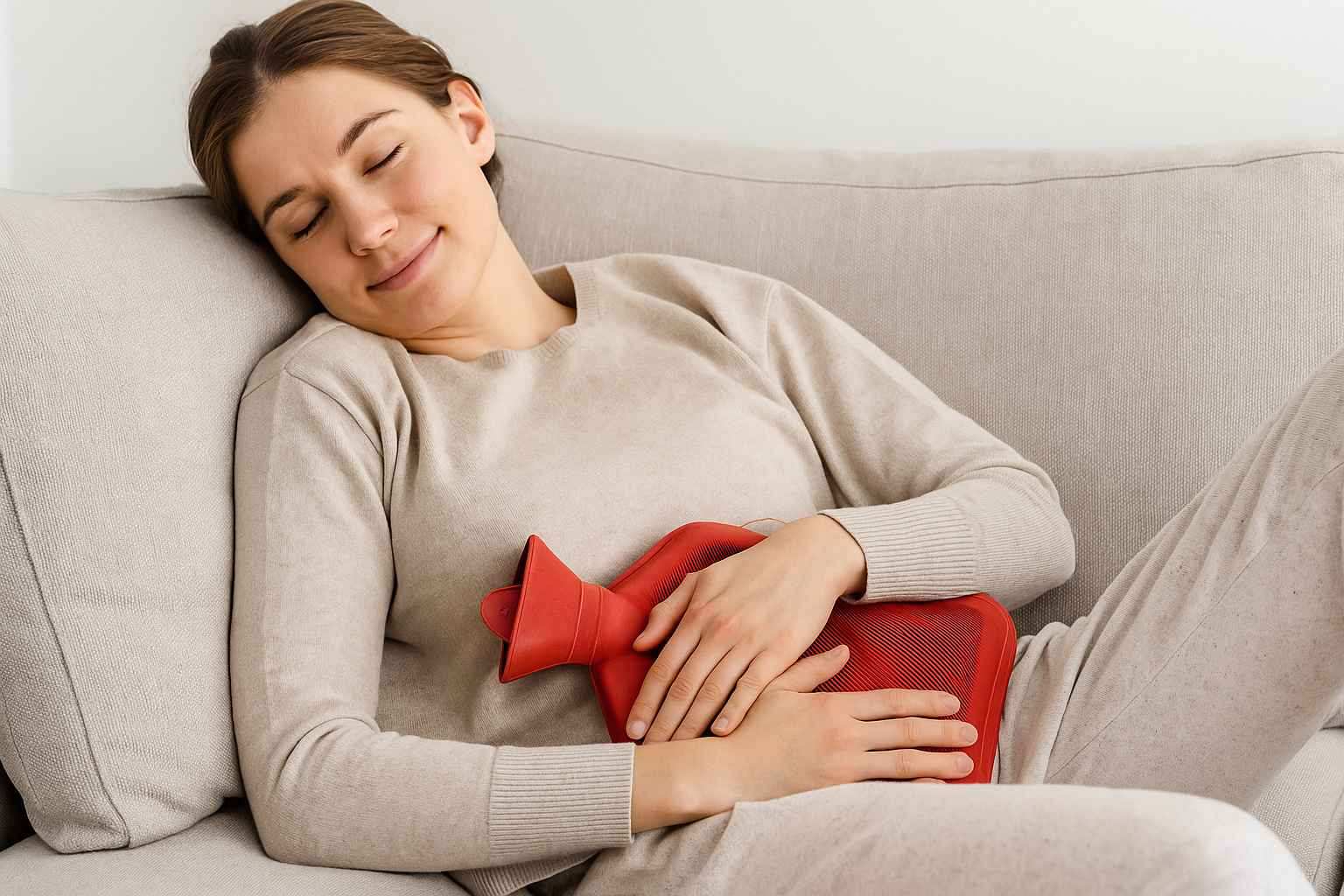4 Acupressure Points For Stress: Your Ultimate Guide to Natural Relief
Western medicines are useful, but they usually come with side effects. Take headaches, neck pain, and stress, for example. Just about every person in the world has suffered from at least one of those conditions at some points in life. Some people even have recurrent symptoms to the point where they cannot skip their medication. Otherwise, they will not be able to perform any daily activities.
When applied properly, acupressure is one of the safest alternative treatments that you can practice on your own. In a nutshell, acupressure is a massage technique targeted at specific points (acupoints) located throughout the human body to stimulate and relax muscles. Acupressure holds an important role in the Traditional Chinese Medicine (TCM) paradigm and is regarded as effective in treating various illnesses and pain. It believes that the human body has a self-healing mechanism as long as the vital energy (Qi) that circulates through natural pathways called meridians is not obstructed or blocked. Stimulation targeted at the right acupoints can promote proper Qi circulation and restore energy imbalances of any sort.
One of the most widely-recognized benefits of acupressure is the efficacy to relieve headaches, stress, and anxiety; these are conditions most likely caused by high blood pressure. In TCM, there are four major acupressure points for stress as follows.
Tianzhu – Celestial Pillar
Located on the left and right sides of the large orthogonal muscle and extending from the back to the center of the neck behind the head, the Tianzhu acupoint is often the first spot to target when treating neck pain, shoulder muscle tension, and headache. Make sure you are in an upright yet relaxed position so you can find the spot more easily.
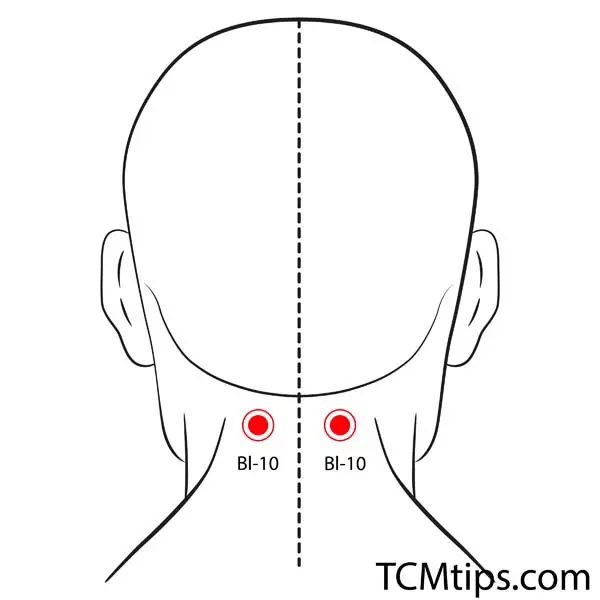
Cover the back of your head with both hands and place your thumbs on the Tianzhu points. Breathe slowly; inhale with the nose and then exhale through the mouth. While exhaling, push your thumbs toward the center of your head. When inhaling, use the same massaging method but with slightly less pressure. Each inhalation and exhalation must last at least five seconds. Repeat this process five times.
You can also target Tianzhu to treat insomnia, common cold, and weakened lower back.
Neiguan – Inner Pass
For rapid heartbeat and nervous system sensitivity, the acupoint to target is Neiguan. It is located on the anterior forearm, approximately two-cun above the wrist crease. To find it, place your ring finger right on the center of the inner side of the wrist and then move upward about three fingers in the direction of the elbow.
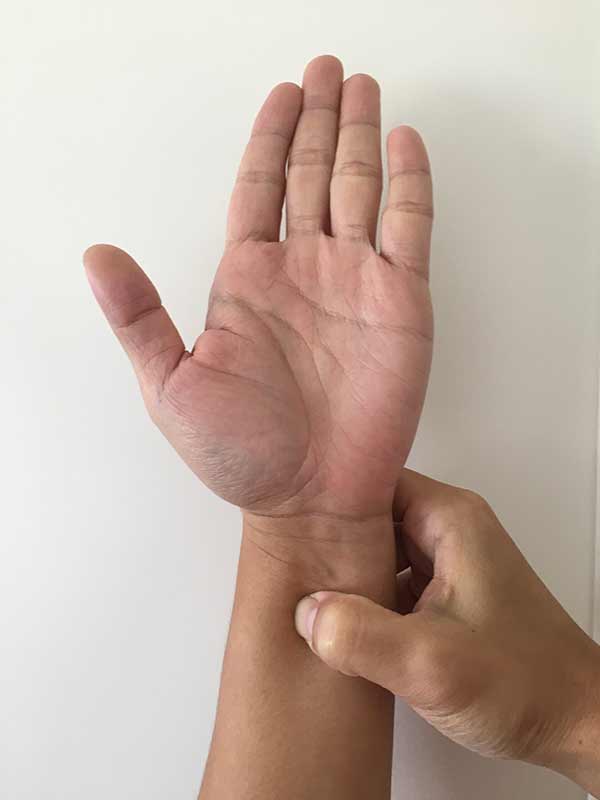
Press the acupressure point with the thumb. Remember to breathe slowly during the process. Exhale with your mouth for about five seconds while putting pressure on the acupoint. Release the pressure slowly when inhaling with your nose, again, for five seconds. Repeat this five times.
Stimulation of Neiguan helps alleviate nausea and vomiting in pregnancy, yet it is also effective in treating headaches and motion sickness.
He Gu – Joining Valley
Although pressing on He Gu causes the large intestines to contract (and therefore relieve constipation), it is also one of the crucial acupressure points for headaches, stress, neck pain, and facial pain. You can find it between your thumb and index finger, and it is right at the intersection between the thumb and the index finger bone.
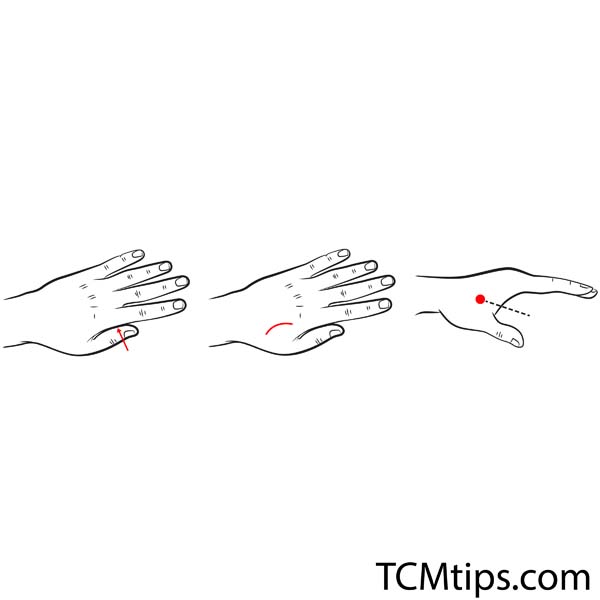
Alternatively, you can also bring these two fingers together and target the highest spot of the muscle.
Use deep firm pressure to massage the spot for about five seconds while exhaling with your mouth. When inhaling through the nose, gradually reduce the pressure. Repeat this process five times.
Traditional Chinese Medicine text even suggests that He Gu can be stimulated to relieve general pain and induce labor. Therefore, one should not target the He Gu point if you are pregnant.
Laogong – Palace of Toil
The last acupoint for stress and anxiety is Laogong. It is located slightly above the center of the palm between the middle and ring fingers. You can find the spot more easily when you squeeze your fingers together tightly. Laogong is one of the most accessible acupoints that you should be able to perform the massage without any help from a professional practitioner.
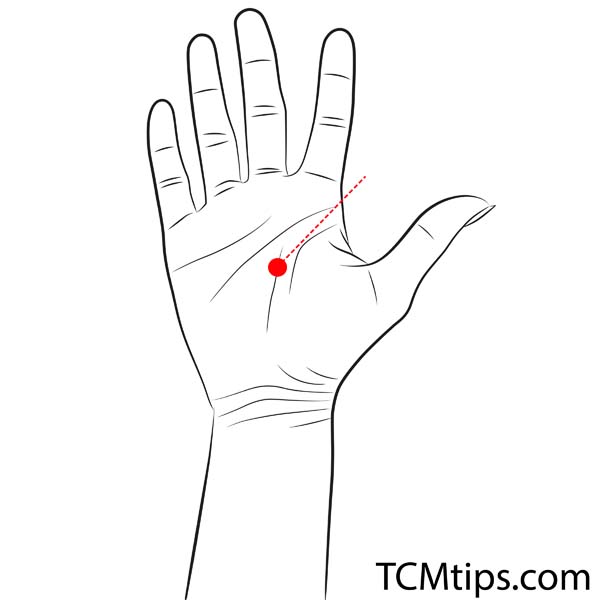
Acupressure generally is not painful, but for Laogong, you have to apply pressure until you feel pain. As usual, apply pressure for five seconds while exhaling through the mouth and gently reduce the pressure when inhaling with the nose. Repeat five times.
Auricular Medicine
Auricular medicine is a more effective means to relieve stress. The TCM ideology behind auricular medicine or ear acupressure is that our ear has reflex areas that connect to all organs, glands, and tissues in the body via the brain, the sympathetic, and parasympathetic nervous systems. Therefore, many disorders, whether they’re related to your physical, emotional, and mental health, are believed to be treated through the manipulation of the external part of the ear.
The most commonly used method, seed therapy, involves applying pressure on specific points on the ear using a hard or smooth pellet such as a vaccaria seed. These seeds offer more therapeutic effects than acupuncture without the need for painful needles, all the while being portable, invisible, and easy to use.
I love acupuncture but can’t go every week so I bought these to see if it’d help my stress levels. WOW! I could tell a difference in the first use. I don’t just use on my ear. I use full body and would recommend them to anyone. -S. Hamilton
We have designed a comprehensive Ear Seed Kit that teaches you how to use the ear seeds and where to place them. The complimentary e-book also illustrates 19 common conditions that people use the ear seeds for, and so you can easily start applying them and get rid of stress and other crippling pain.
Get your Ear Seed Kit today!
Related Reading:

Try our Anti-Aging Gua Sha Tool designed to bring out your skin’s natural glow.
Best Gua Sha Product- Anti-Aging: The tool is designed to target 11 specific aging signs such as wrinkles and sagging skin. By following the 7-step routine, users can improve skin firmness and reduce fine lines naturally.
- Enhances Skincare Routine: It works effectively with serums and lotions, boosting absorption and efficacy of skincare products.
- Visible Skin Improvement: Users can expect a smoother complexion, reduced puffiness, and a more youthful appearance.
 P. Sze
P. Sze 